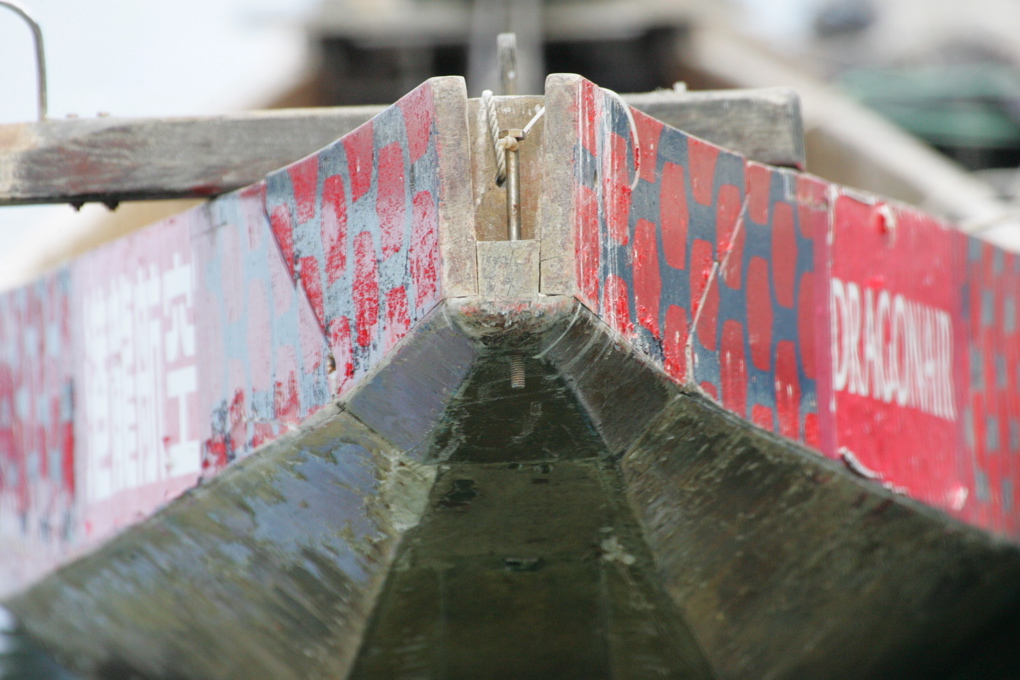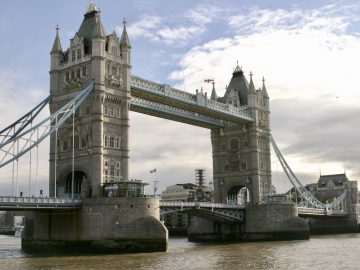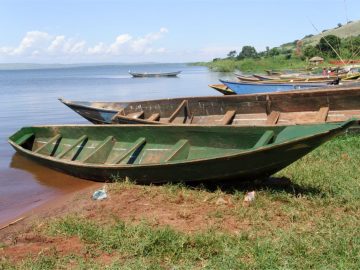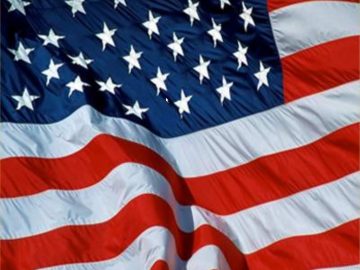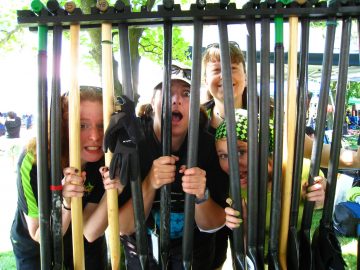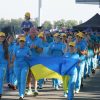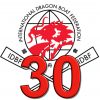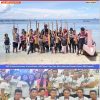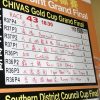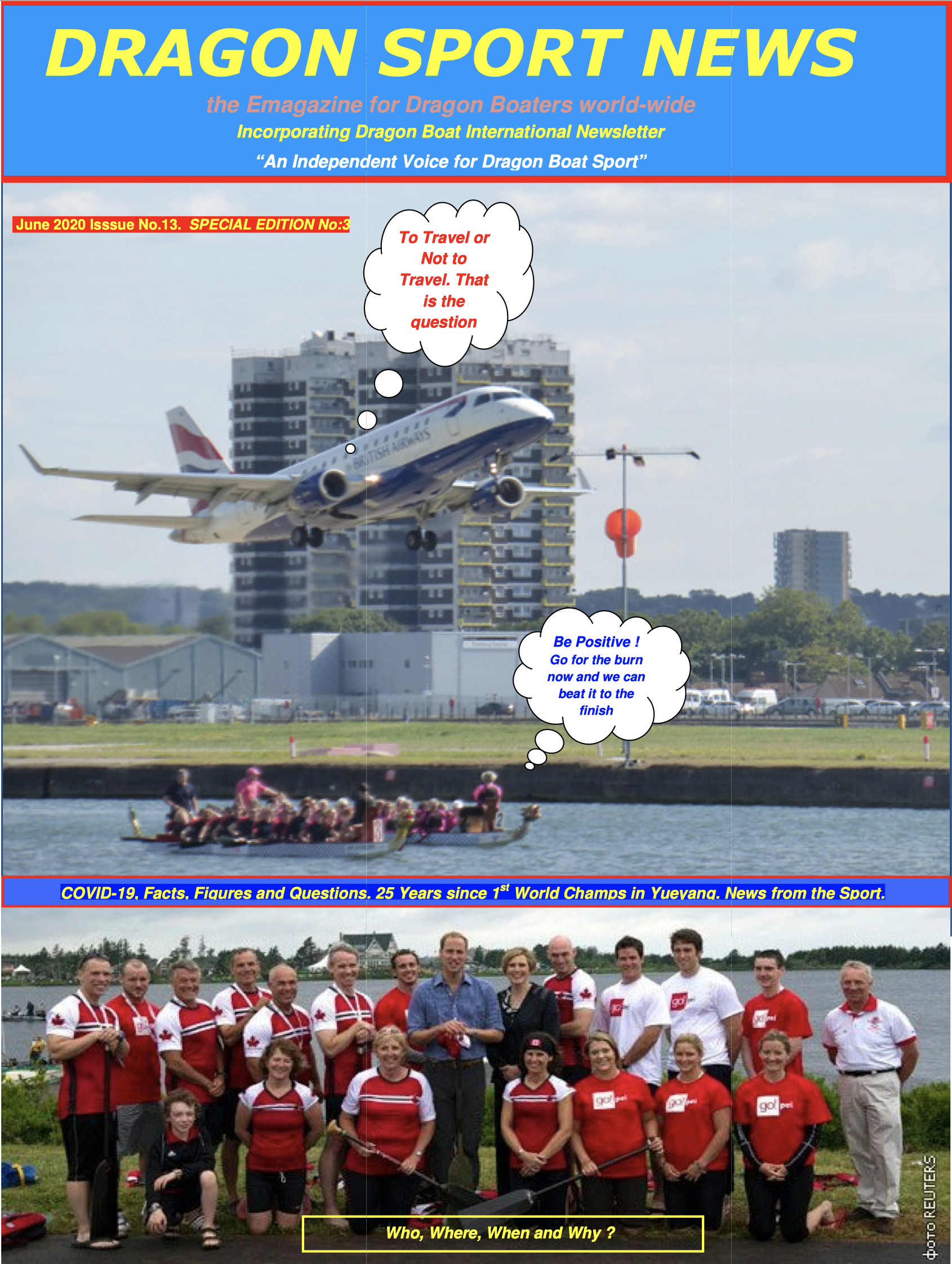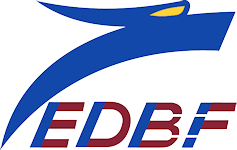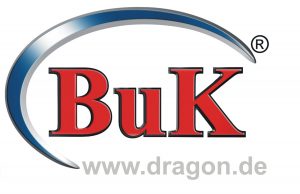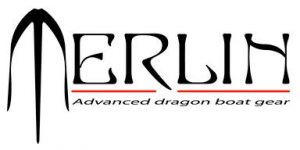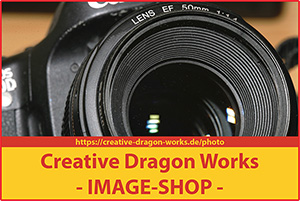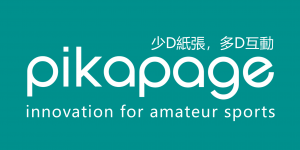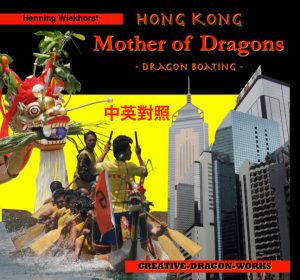Please note: This article is as of 2019!
With many thanks to Alan van Caubergh for his assistance in making this article.
Assorted facts about The Netherlands:
Population: 16.5 million
Landarea: 41.528 sqkm
Population-Density: 488 people/sqkm
¼ of the Dutch land area is at or below sea level
Capital (Royal Residence): Amsterdam
Residence of Government: The Hague (Den Haag)
Special Dutch Food:
- Hagelslag & Muisjes (sprinkles as spread to put on soft white bread)
- Kibbeling, Matjes and Bakvis (that’s all fish)
- Poffertjes (kind of tiny pancakes)
- Stroopwafel (two thin waffles with a layer of honey-like syrup in between)
- Dropjes (liquorice candies)
- Vla (sweet milk pudding)
- Vleeskroket (deep fried meat roll as snack)
- Stamppot (smashed potatoes and carrots served with smoked sausage)
- Cheese from Gouda
Many people know the Netherlands as Holland, even though Holland is only a part of the Netherlands. Holland itself combines the two provinces North- and South- Holland and together they cover the country’s Western coastal area and have played a critical role in the history of the seven provinces that make up the Netherlands today.
The English name “Netherlands” arises from the Dutch “Nederlande” and means “Low Lands.” The expression “Dutch” refers back to the language of the people living in the low lands. It was named “Diets” in the Low Land’s dialect of “Deutsch,” which is also known as German.
Historically, the Western coastal regions of the low lands were all covered by forest and therefore the lands provided wood. In the old German low land accent, wood translates into “Holtz” and over time the “Holtzland” evolved into “Holland,” which today is much more famous for tulips than for woods or trees.

The Kingdom of Netherland and Dragon Boats
The Kingdom of Netherland has a long history as a global trading nation and sea power. Therefore its close ties to other countries far away brought many cultures to the Netherlands. In 1656, during an official journey to China, the Dutch ambassadors Pieter de Goyer and Jacob Keizer were the Dutchmen who first saw a dragon boat race. They described it as a happy festival
There are numerous ethnic groups now living in the Netherlands, and the Chinese are one of the biggest. To honor and celebrate Chinese culture, in the late 1980s the Dutch Ministry of Interior started an initiative to introduce dragon boating to the country.
A new foundation to promote dragon races in the Netherlands (Stichting Promotie Drakenbootraces Nederland – SPDN) was established. Key people like John Tjon A Ten, Errie Stoffé, Cosmo Ombre, Gert-Jan Harbers and others were involved in this new organization. The SPDN gathered information about traditional dragon boat racing in order to develop the sport locally. It is likely they received assistance and information from the Hong Kong Tourist Association regarding existing dragon boat activities in the UK. There was also a boat maker named Chris Hare from the UK who provided assistance with the dragon boats.
The SPDN managed to convince individual Dutch companies to sponsor a boat and succeeding in bringing six boats into the Netherlands. These were all split (or two piece) boats because they had to be transported to different locations, and at that time there were no long trailers yet. Later, one piece boats were obtained. Dutch paddlers preferred the new one piece boats because they were more rigid than the split boats and there was no need to assemble or to take apart the two pieces for each race.
In March 1990, Ms. Dunya Verwey, today a member of the IDBF Protocol, Culture & Heritage Commission, worked at that time in the Ministry as policymaker and was involved in this initiative. Her good friend, Alan van Caubergh – at the time the Chairman, now Honorary President of the European Dragon Boat Federation (EDBF) – had developed an interest in water sports in his years as a university student and had just picked up rowing again. Verwey invited van Caubergh to join her in a meeting for something she was certain would interest him. This meeting introduced him to a group of people assembled to start dragon boat training on the Lake Sloterplas in Amsterdam. This was when van Caubergh saw his first dragon boat ever!
The group’s goal was to run the first ever dragon boat race in Holland at the Sail in Amsterdam in August 1990. This was then also a chance for paddlers (including van Caubergh) to qualify for a team which was to participate at the Tenjin Matsuri Dragon Boat Festival in Osaka / Japan just a few weeks after the Amsterdam event.
Now, a dragon boat race at the Sail Amsterdam, that is something truly amazing.

The Sail is by far the largest single event in the Netherlands and one of the most famous maritime celebrations in the world. It was held for the first time in 1975 to celebrate the 700th anniversary of Amsterdam and takes place every five years. The tallest historical sailing ships come in from all over the world just to be a part of this very special four day extravaganza. Visitors can enter and explore every ship for free. It’s simply spectacular!
But back to van Caubergh, who qualified to go to Japan where he was infected with an incurable case of dragon boat virus. As a consequence of this persistent virus, on his way back to the Netherlands while still sitting on a airplane, he decided with four his friends to carry on with dragon boating. And thus The Dutch Dragons came to life. Since there was already another newly formed Dutch dragon boat club in existence – Eerste Hollandse Drakeboot Club (EHDC) – the Dutch Dragons were the second club in the Netherlands.
Because there was no basis yet to form a federation, the same people who established the Dutch Dragons also established the Dutch Dragon Boat Association (DDBA) at the same time, with the objective to promote dragon boat racing as a sport in the Netherlands, and not just as a festival activity. The DDBA acted as a fund raiser, dragon boat trip organizer and event planner.
On the 4th of March 1992, the Nederlandse Drakeboot Federatie (NDBF) was officially established by the clubs and the DDBA took a step back on the stage but continued to work in support of and cooperation with the NDBF. The NDBF became a Founder Member of the European Dragon Boat Federation (EDBF) in May 1990 and is also the IDBF Member.

Since then the number of dragon boat enthusiasts has continued to grow along with the number of races and festivals. There has also been a spectacular increase in the total Dutch dragon boat fleet. The NDBF started to organize a national Dragon Boat League with between six to 15 clubs participating. Numerous Commercial Organizers emerged, and nowadays during the dragon boat season there are races practically every weekend as well as also during the week. The number of paddlers involved in sport in The Netherlands is estimated somewhere between 20.000 and 30.000 every year.
Some famous Dutch Dragon Boat events are:
– EHDC Bosbaan Amsterdam, September, with a dragon boat canal tour on the day after the races (Sunday)
– The Dutch Dragons, Zoetermeer, June
– Dragon Events (commercial organizer), Valkenburgse Meer and Almere
– United Dragons, Alkmaar, June.

Of course there have been problems and challenges along the way in the development of dragon boat racing in the Netherlands. In that way, the Netherlands probably mirrors what has happened in most every other country as well. The NDBF has had its ups and downs, but lessons have been learned and today’s NDBF is a mature and strong organization, with Renè de Block as current Chairman.
In the NDBF’s history the “High-Light-Event” were the 2010 European Nation Championships, held in Amsterdam in August, just before the Sail! With 1800 participants it was the biggest European Dragon Boat Championship so far. And, what a date and great planning. Not only there was a great dragon boat race, but all of the participants and spectators for the Championships were also easily to see the most impressive sailing ships of the world right after the races.



